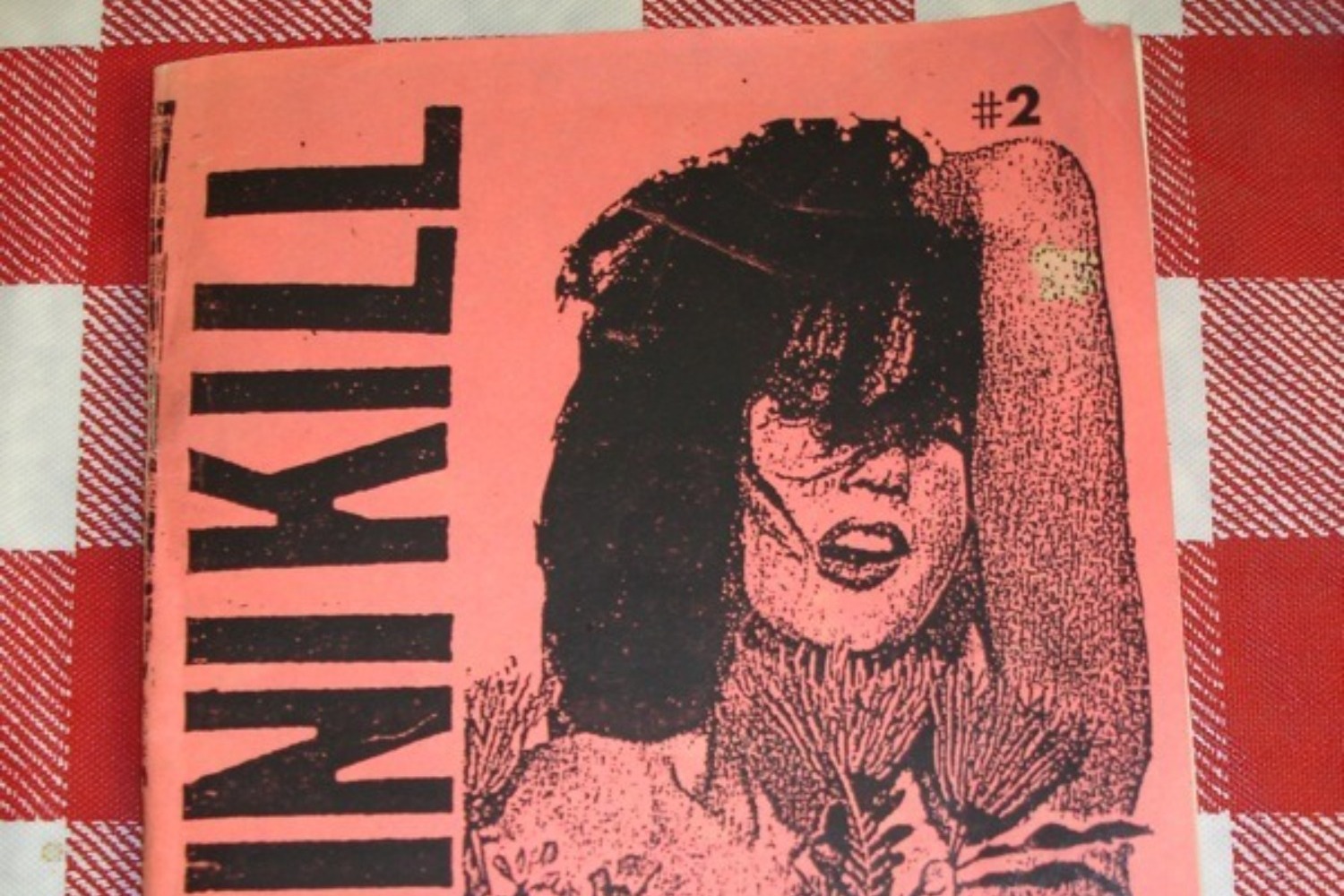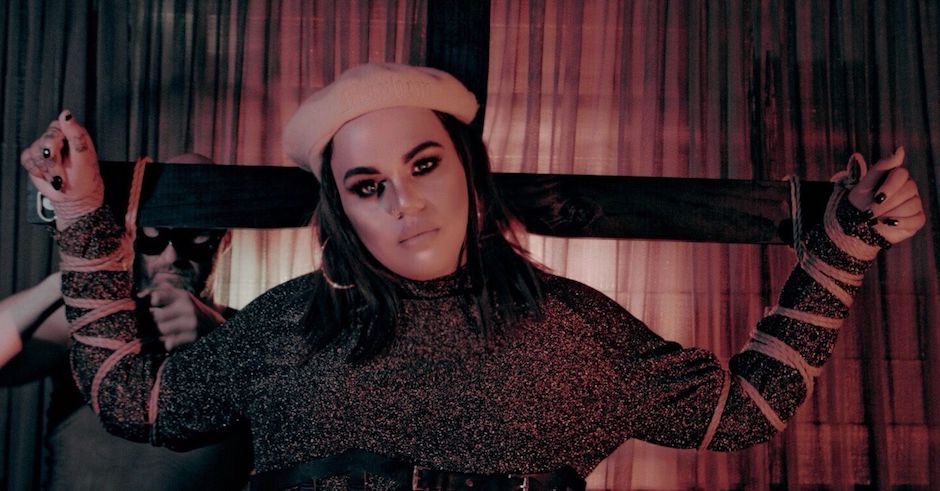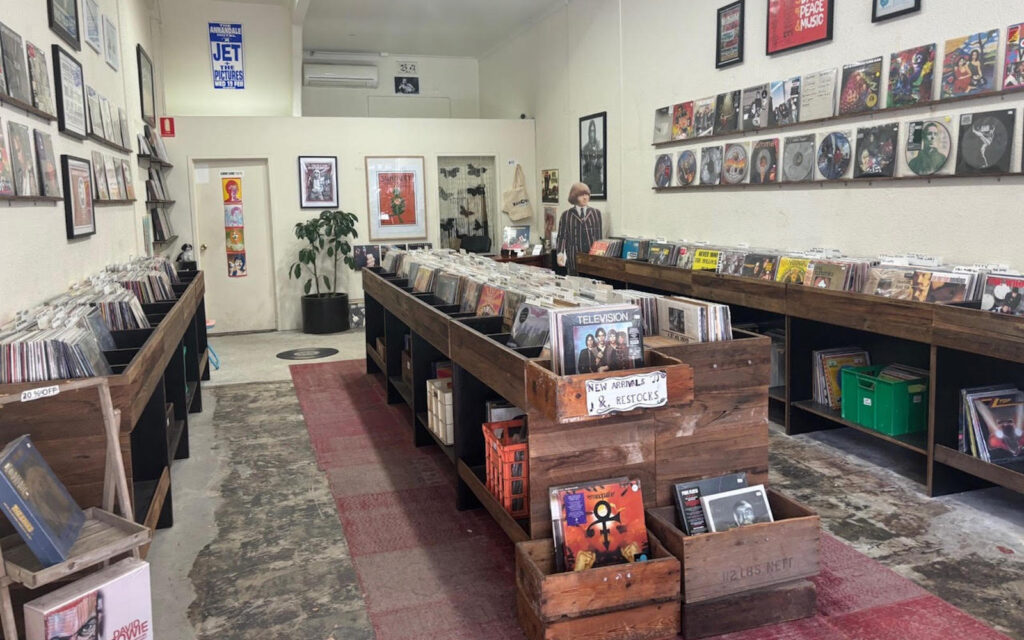Often created by the musicians themselves, the ever-evolving iconic visual art accompanying punk rock is often just as important and memorable as the music itself.
Raymond Pettibon
View this post on Instagram
Perhaps known best for designing the now iconic Black Flag four bars logo, Pettibon created much of the band’s album art and flyers, essentially curating Black Flag’s visual direction and presentation. Working largely with a minimalist single-colour, single-frame comic style, the simplicity and utilitarian style worked perfectly with the band’s music.
Ray Ahn
View this post on Instagram
Best known as the bassist of legendary Sydney punks Hard-Ons, Ahn has also designed the bulk of the band’s album covers and t-shirts. Known for his warped cartoon style, run through a psychedelic filter and often with certainly trademarked cartoon characters thrown in the mix, Ahn’s artwork has perfectly complemented the diversity and wide-reaching sound of the Hard-Ons for over 35 years.
Winston Smith
View this post on Instagram
Best known for creating the iconic Dead Kennedys logo and the majority of their album covers, Smith’s dense and frantic collage-based art has graced album covers from Alternative Tentacles art punks to commercial successes, specifically Green Day’s underrated 1995 album Insomniac. Twisting, blending and distorting pop culture imagery to create new landscapes and settings in his collages, Smith continues to be a master of broader social commentary and critique through art.
Kathleen Hanna/Tobi Vail
View this post on Instagram
Working together to create the zines Revolution Girl Style Now and Bikini Kill, with the project eventually becoming the namesake band, Kathleen Hanna and Tobi Vail pushed forward the emerging DIY zine culture and visual style at the time. Combining both their own brand of a punk visual style in the artwork with radical feminist information and literature, the pair exemplified the importance of their artwork having a practical purpose in integrating feminist ideology into often male-dominated punk rock scenes. Creating striking visual pieces from little more than photocopied photos, sharpies and typewriters, the pair’s zines expanded the endlessly imitated and archetypal punk visual art styles of the pre-digital underground information age.







